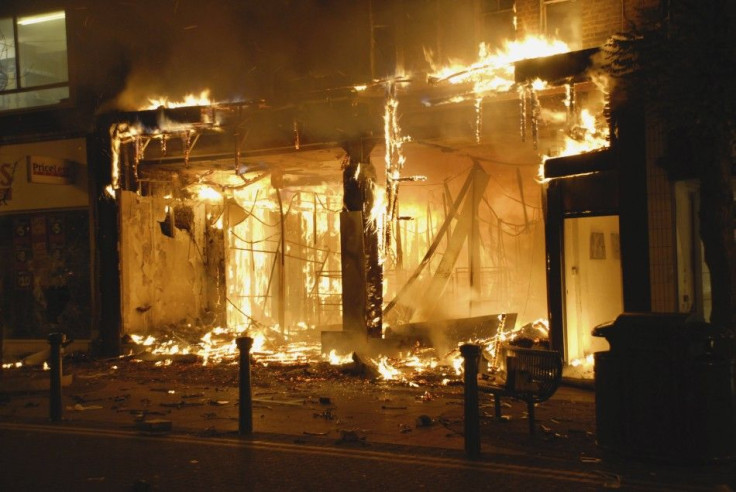Woolwich Beheading: Murder Took Place In One of Britain’s Most Deprived Towns

Woolwich, the neighborhood in London where Drummer Lee Rigby, a British soldier, was brutally murdered in broad daylight by suspected Islamic extremists, is quite familiar with crime and violence.
Indeed, Woolwich, which is part of the Royal Borough of Greenwich in southeast London, just below the River Thames, is one of the poorest and most deprived parts of the United Kingdom. A report from Bournemouth University described Woolwich as “London’s forgotten town” that has been hit very hard by the recession and only recently seemed to be poised for an economic rebound.
“With an ethnic population of 41 percent and over 100 different languages spoken, the area has traditionally been seen by some as the ‘slum’ of South-East London,” the Bournemouth report stated. “In its heyday Woolwich was known better known as the home of Arsenal Football Club, the first McDonalds in the UK and the base for the British Army’s artillery. At present, it is safe to say the town would not be found in any London travel guide.”
Woolwich’s decline may be traced to the gradual closure of the Royal Arsenal (sometimes called the Woolwich Warren), which carried out armament manufacturing and explosives research for the British military, in the second half of the last century. At its peak, the Arsenal – which shut down entirely in 1994 -- employed some 80,000 people.
The closing of the first Siemens factory in the UK in the 1970s added to the economic carnage in Woolwich by throwing 9,000 local people out of work.
During the 1980s, Woolwich’s London SE18 was given the dubious title as the “poorest post-code” in Britain.
“The town has been characterized by a history of violent crime for decades,” the Bournemouth report noted. “This current crime rate stands at 16.06 per 1,000 residents. Woolwich retains its reputation as a rough spot. Three racist murders in the 1990s including the murder of local resident Stephen Lawrence [in nearby Eltham], still cast a shadow over the area.”
Hidden-London.com commented that Woolwich as a very high proportion of council (public housing) tenants, while rates of owner-occupation is low, but rising. In addition, the town is plagued by an “exceptionally large number” of single-parent households.
Woolwich has an unusually large number of black people from Africa (like Michael Adebolajo, the alleged murderer of Rigby). Nearly one-fourth of the town’s residents are black Africans.
British media have largely ignored Woolwich, unless something unfortunate occurs there.
During the riots that spread across England in the summer of 2011, Woolwich’s town center was damaged by looters and rioters. The landmark Great Harry Wetherspoons’ Pub was completely destroyed during the disturbance.
Mohammed Ahsan, a senior British Muslim community leader, worked as a counselor in Woolwich 20 years ago.
“There was a lot of tension, but it wasn’t so much [between] Muslim and the other community; there was poverty full stop,” he told the East Anglia Daily Times.
“It was a very deprived area there were no jobs and there was huge poverty. So, you could see that there was quite a disparity between people. It was horrible in that perspective.”
© Copyright IBTimes 2025. All rights reserved.





















